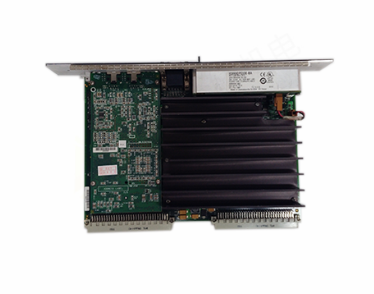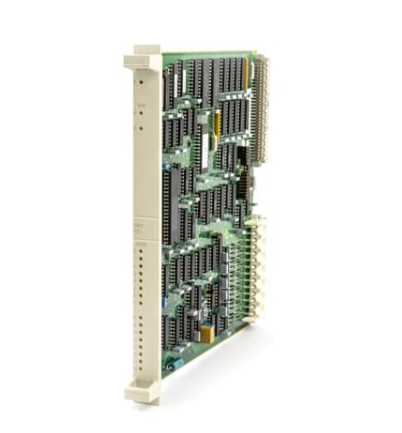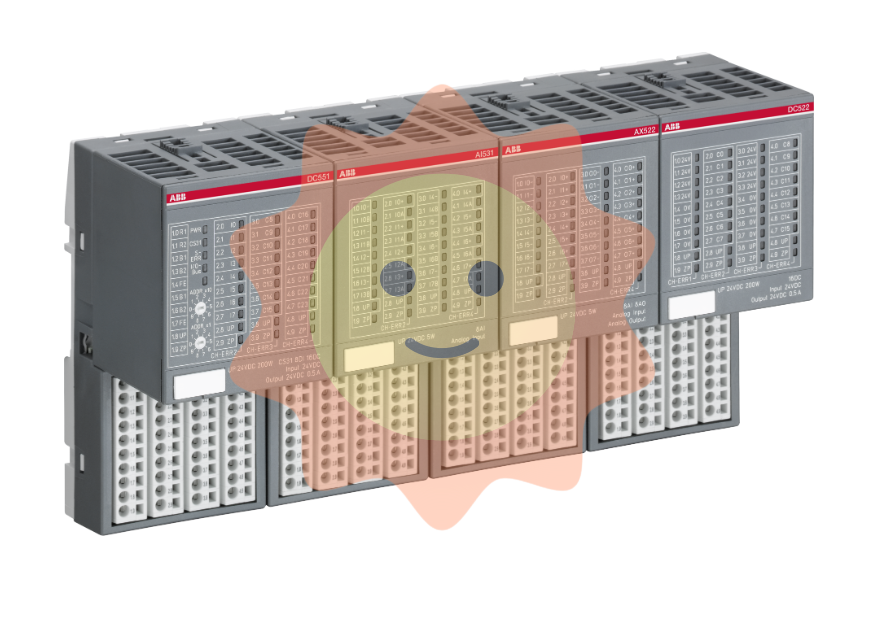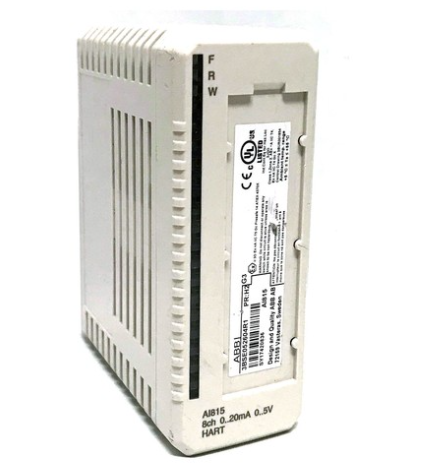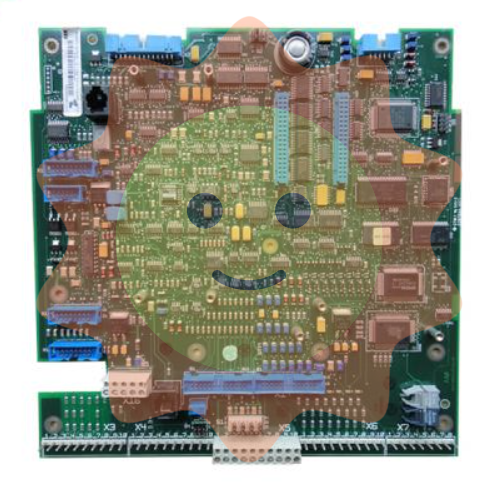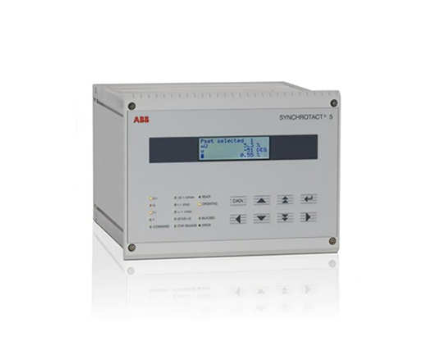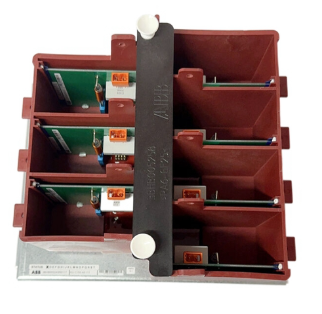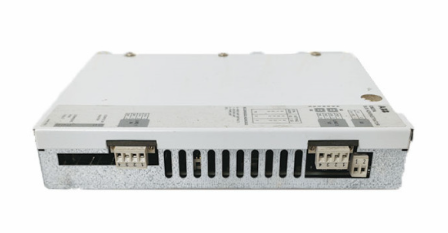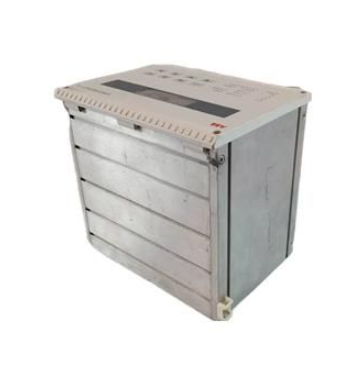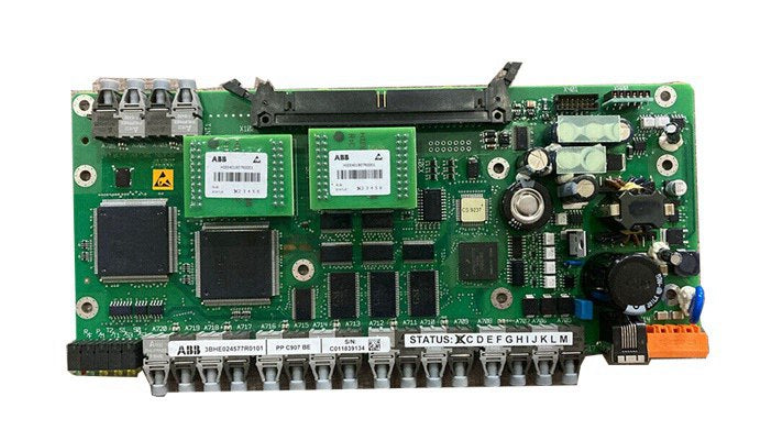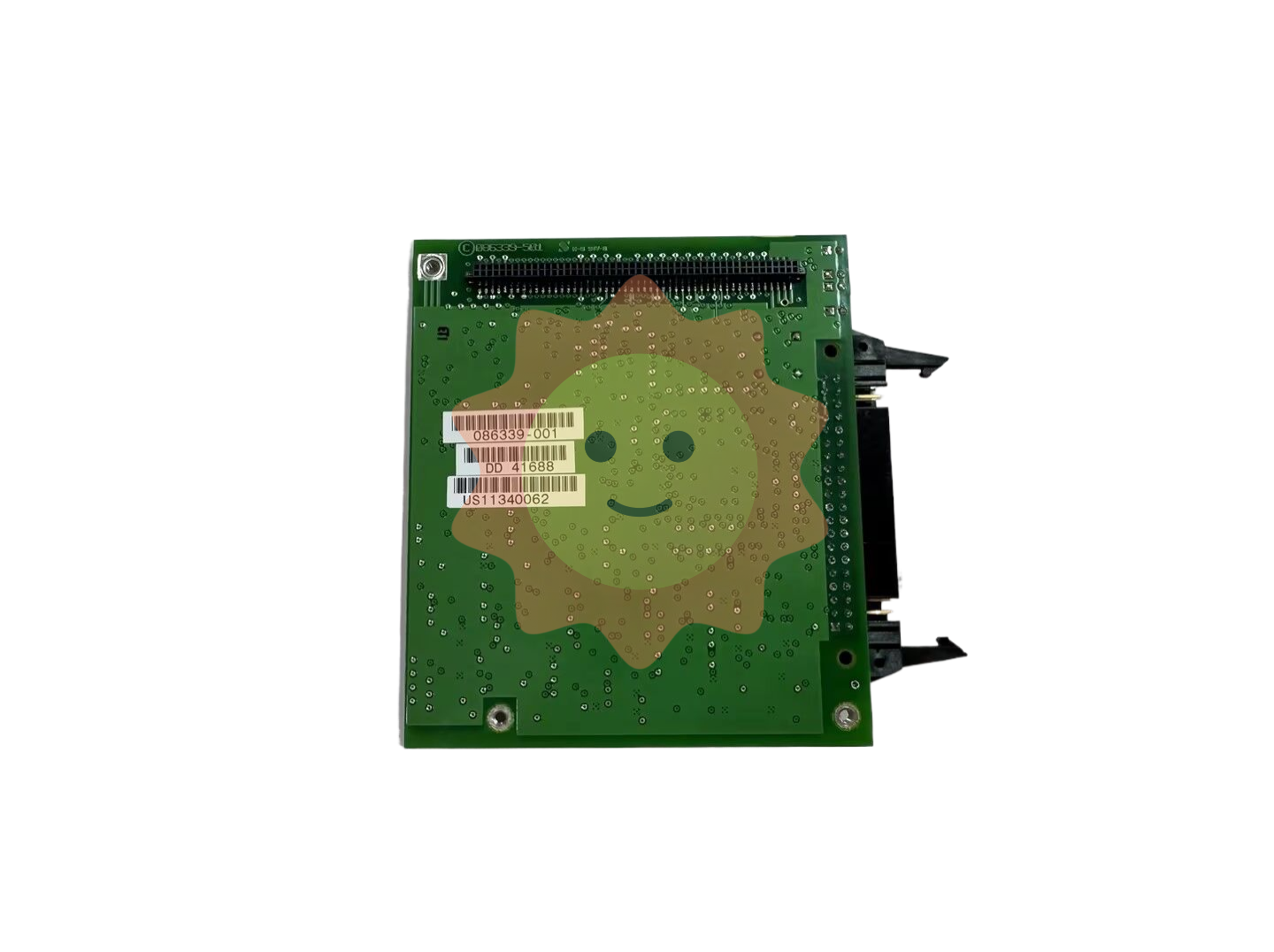The new pattern of fresh fast moving consumer goods is accelerating
After all, halfway through the run, the marathon has no race point.
Who will be the winners and main beneficiaries?
Physical goods and life service e-commerce giants in the field of fresh FMCG head-on: With the new model of fresh FMCG e-commerce increasingly focusing on self-pickup in nearby communities/stores or instant delivery to home in nearby fresh FMCG new pattern supermarkets, this vertical area with high stickiness and high purchase frequency is witnessing the direct confrontation between physical commodity e-commerce giants Alibaba, Jingdong and Pin-duo and life service e-commerce giants Meituan and Didi in the fresh sector.
Investors' main questions and doubts: What's different this time?
1 Is increased penetration only a temporary phenomenon during the pandemic?
In the past few months, life for Chinese consumers has largely returned to normal, and restaurant spending has rebounded to levels close to last year. However, the first-use learning process and the increase in online fresh FMCG options are driving continued growth and penetration.
2 Who will be the winner and does Winner take all?
Goldman Sachs Research expects the five fresh FMCG e-commerce models of enterprises will gradually integrate, similar to the development process of other electricity commodities. However, we believe that the overall fresh FMCG e-commerce market share will be more fragmented than apparel, electronics and home appliances in the next few years.
Fresh retail chess to the mid-plate, community fresh stores seem to be gradually becoming the standard. Not to mention the previous MINI format, fresh legend, Yi pin fresh, money dama and other entrepreneurial chain brands in the recent year are also in a state of accelerated development.
Recently, some media exposed that the food line fresh, which has been focusing on fresh self-pick cabinets, has quietly launched its own community fresh stores for nearly a year, and the current store operation is in good condition. It is worth noting that the attempt of this new business line has also been tested by the epidemic. Food line fresh to Tiger sniff said that at present, food line operates a total of 8 offline community fresh stores in Suzhou, and plans to open a total of 100 within the year.
Of course, the current fresh retail has been difficult to strictly distinguish between online and offline, online customer offline delivery is the norm. The essence of the watershed is whether to open a shop. However, there is also a recent news, has been a community fresh store model of the rapid expansion of the country's Qian Dama recently registered their own e-commerce company "Qian Xiao Xian", Qian Xiao Xian exactly what is like, the outside world is still unknown.
Going back further, Meituan, which has been developing quietly, initially adopted two models of pre-warehouse and self-pickup in different cities. Yonghui, which has always been known for its own excellent supply chain, in addition to the familiar Yonghui MINI, has recently launched the Yonghui Market (Hui Fresh Market), which is equivalent to returning to the "merchant collection platform".
In the recent period of time, these operations in the field of community fresh, it seems difficult to summarize in a word, open a shop or not open a shop, just a representation. The real feature is that almost all companies focusing on community freshness are trying to "walk on two legs", that is, launch at least two or more models to deeply cultivate the community.
It can be summarized by borrowing a very famous concept in Chinese economic history, that is, the "dual-track system" of community fresh food. It is worth studying what trends this represents.
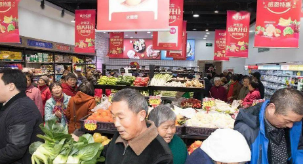
Why should Food Store Fresh open after eight years of self-pickup mode operation? Does this imply some new changes in fresh retail?
It is understood that the food line fresh store area is below 100 square meters, "fresh supermarket at the door." The product is rich, so that consumers can buy all at home. Vegetables, as daily consumption needs, account for the highest proportion of the sku scale in the store, especially the leafy vegetables with higher consumption frequency, which are the main commodities in the store operation. Food line community fresh store category positioning is "don't pick cabbage."
Moreover, before determining the positioning of the community fresh store, the food line also tried the vegetable shop, and finally decided to do the community store from multiple angles such as convenience. In terms of store size, after repeated polishing, the core store size was finally determined to be about 100 square meters. According to the local media observation, the SKU of the food line fresh community store is more than 800, and the average daily net profit of the food line fresh store is maintained at more than 1500 to 2000 yuan, the monthly cost of a single store is about 30,000, and a total of 4 employees are needed in a single store, including the store clerk and the store manager.
Based on the above information, it can also be seen that although the main fresh, the area is not large, but the number and category width of fresh SKUs are larger than that of community stores such as money Dama. It will also involve some daily necessities related to the kitchen scene, combining high frequency and low frequency.
- EMERSON
- Honeywell
- CTI
- Rolls-Royce
- General Electric
- Woodward
- Yaskawa
- xYCOM
- Motorola
- Siemens
- Rockwell
- ABB
- B&R
- HIMA
- Construction site
- electricity
- Automobile market
- PLC
- DCS
- Motor drivers
- VSD
- Implications
- cement
- CO2
- CEM
- methane
- Artificial intelligence
- Titanic
- Solar energy
- Hydrogen fuel cell
- Hydrogen and fuel cells
- Hydrogen and oxygen fuel cells
- tyre
- Chemical fiber
- dynamo
- corpuscle
- Pulp and paper
- printing
- fossil
- FANUC
- Food and beverage
- Life science
- Sewage treatment
- Personal care
- electricity
- boats
- infrastructure
- Automobile industry
- metallurgy
- Nuclear power generation
- Geothermal power generation
- Water and wastewater
- Infrastructure construction
- Mine hazard
- steel
- papermaking
- Natural gas industry
- Infrastructure construction
- Power and energy
- Rubber and plastic
- Renewable energy
- pharmacy
- mining
- Plastic industry
- Schneider
- Kongsberg
- NI
- Wind energy
- International petroleum
- International new energy network
- gas
- WATLOW
- ProSoft
- SEW
- wind
- ADVANCED
- Reliance
- YOKOGAWA
- TRICONEX
- FOXBORO
- METSO
- MAN
- Advantest
- ADVANCED
- ALSTOM
- Control Wave
- AB
- AMAT
- STUDER
- KONGSBERG
- MOTOROLA
- DANAHER MOTION
- Bently
- Galil
- EATON
- MOLEX
- Triconex
- DEIF
- B&W
- ZYGO
- Aerotech
- DANFOSS
- KOLLMORGEN
- Beijer
- Endress+Hauser
- MOOG
- KB
- Moxa
- Rexroth


Email:wang@kongjiangauto.com



